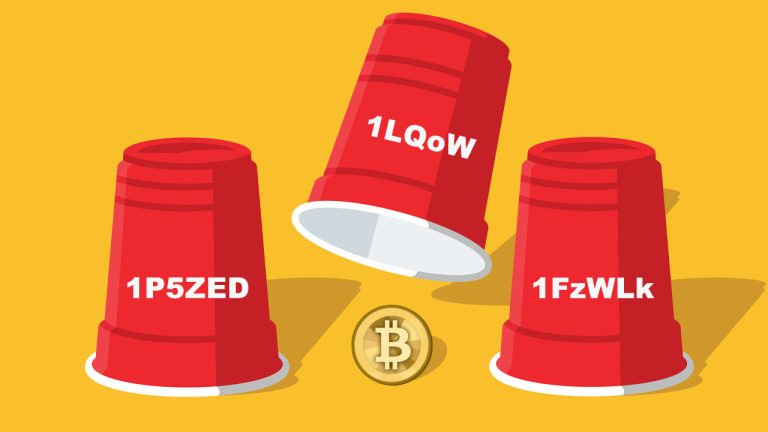
US law enforcement agencies have confiscated thousands of BTC from Silk Road over the years and a significant chunk of it has been auctioned from time to time.
50,000 Bitcoin (BTC) worth $1 billion United States dollars were moved from multiple wallets related to U.S. Government law enforcement seizures and were transferred to new addresses, and a few were moved to Coinbase on March 8.
According to data shared by on-chain analytics firm PackShield, there were three transfers made from the U.S. law enforcement agencies' wallets. These wallets held nearly 51,000 BTC seized by U.S. agencies from the Silk Road marketplace in November 2021. The confiscated BTC was consolidated in two wallet addresses: bc1q5s…0ch and bc1q2ra…cx7.

Out of these three transfers, the majority appear to be internal transfers. However, approximately 9,861 BTC was sent to Coinbase. The other two transfers include a 30,000 BTC transfer to an address starting with bc1q... and a 9,000 BTC transfer to an address starting with bc1qe7....

Silk Road was an online black market and the first modern darknet market. It was launched in 2011 by its American founder Ross Ulbricht under the pseudonym "Dread Pirate Roberts." The marketplace was one of the first to accept Bitcoin payments and even popularised crypto use at its time. The U.S. law enforcement agencies confiscated multiple items from its founder, including hoards of BTC which have been auctioned from time to time and as early as 2014.
Related: Key Bitcoin price metrics point to BTC downside below $22.5K
Popular Bitcoin proponent Tim Draper bought nearly 30,000 BTC in 2014 from one of these auctions. Another auction for 50,000 BTC was held in October 2015, where the U.S. Marshall Services auctioned 21 blocks of 2,000 BTC and one block of 2,341 in an online auction.
While only a small portion of the 50,000 BTC was sent to Coinbase, The movement of billions worth of BTC from U.S enforcement agency-linked wallets evoked wild reactions and even wilder theories. A user pointed out that if the U.S. agencies decided to sell their Silk Road Bitcoin, it would put significant selling pressure on the market. At the same time, a few others questioned the timing of the sale.












